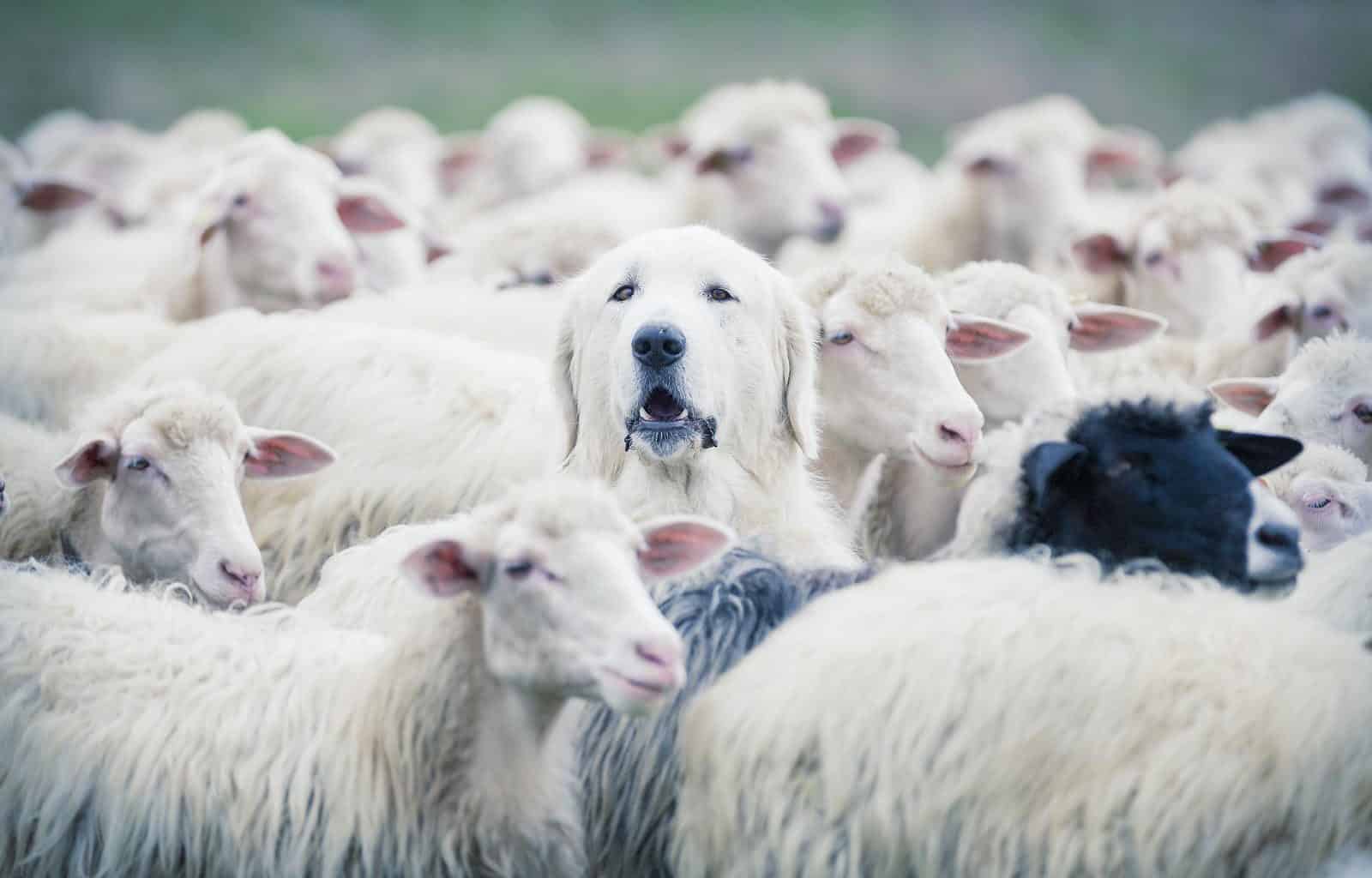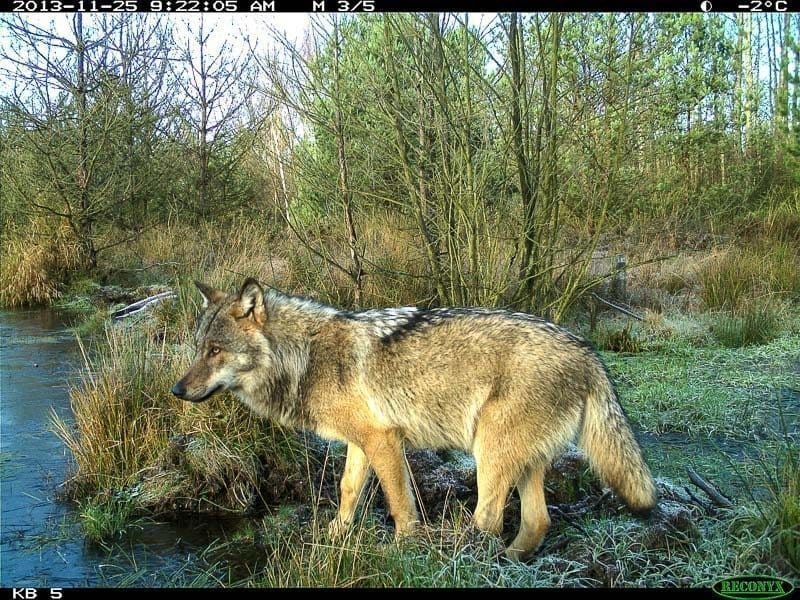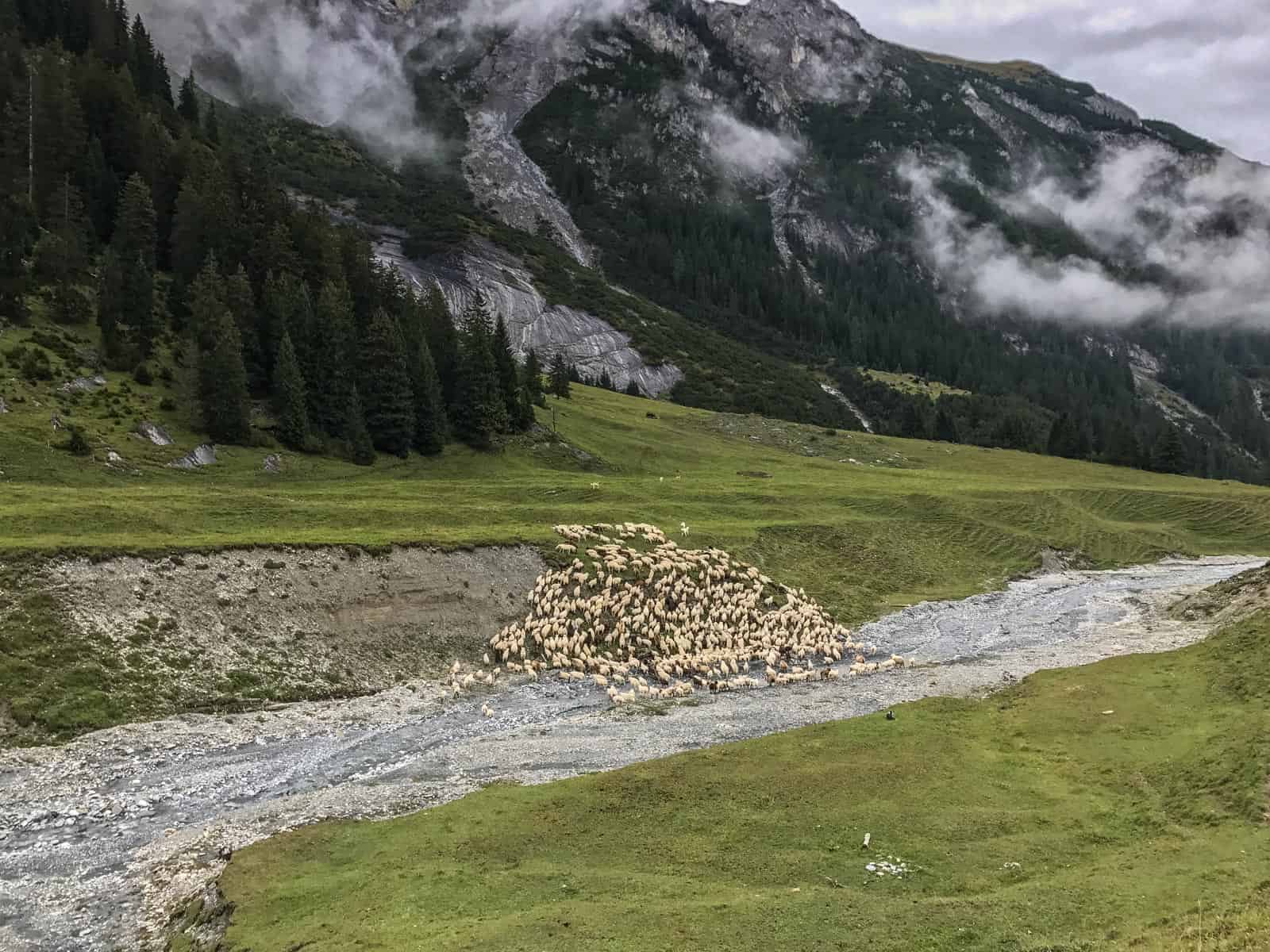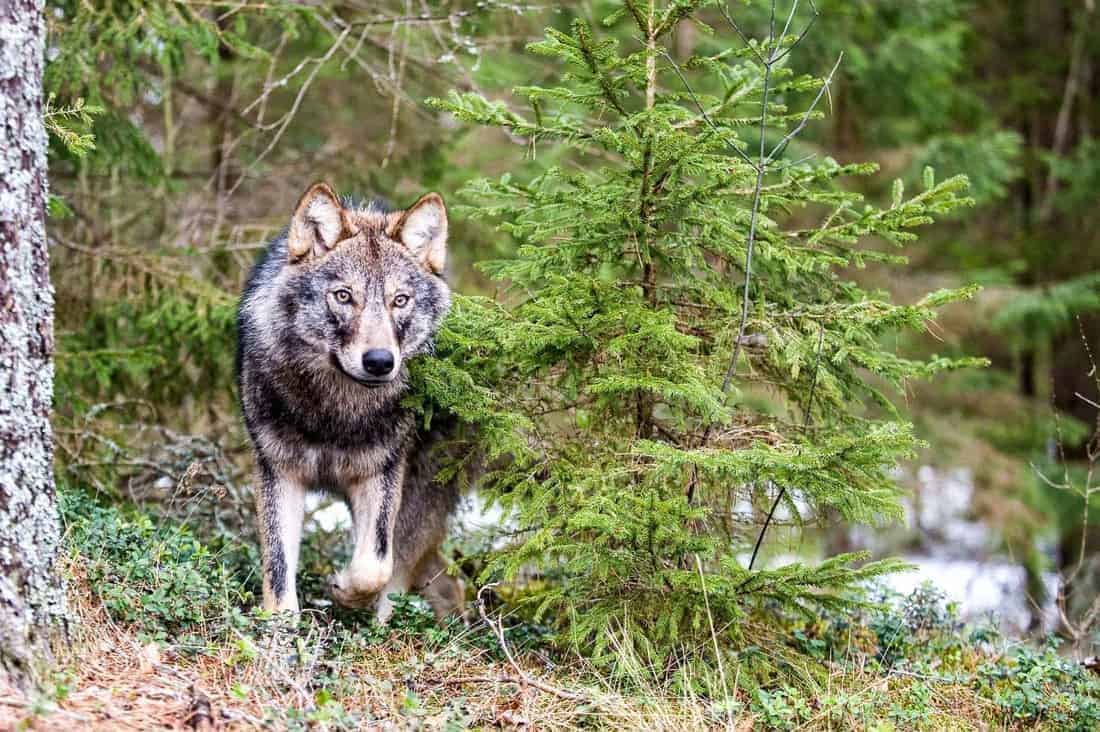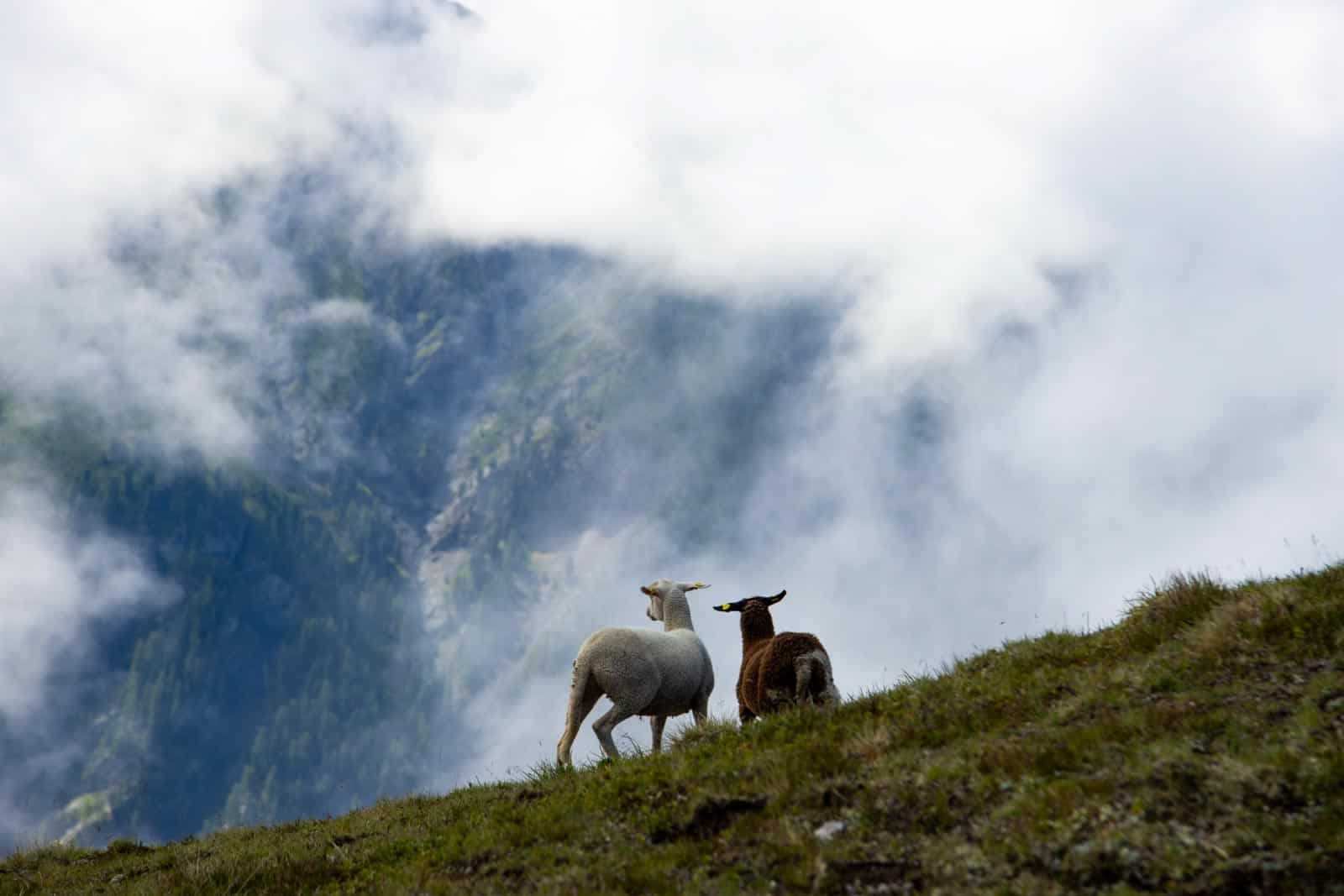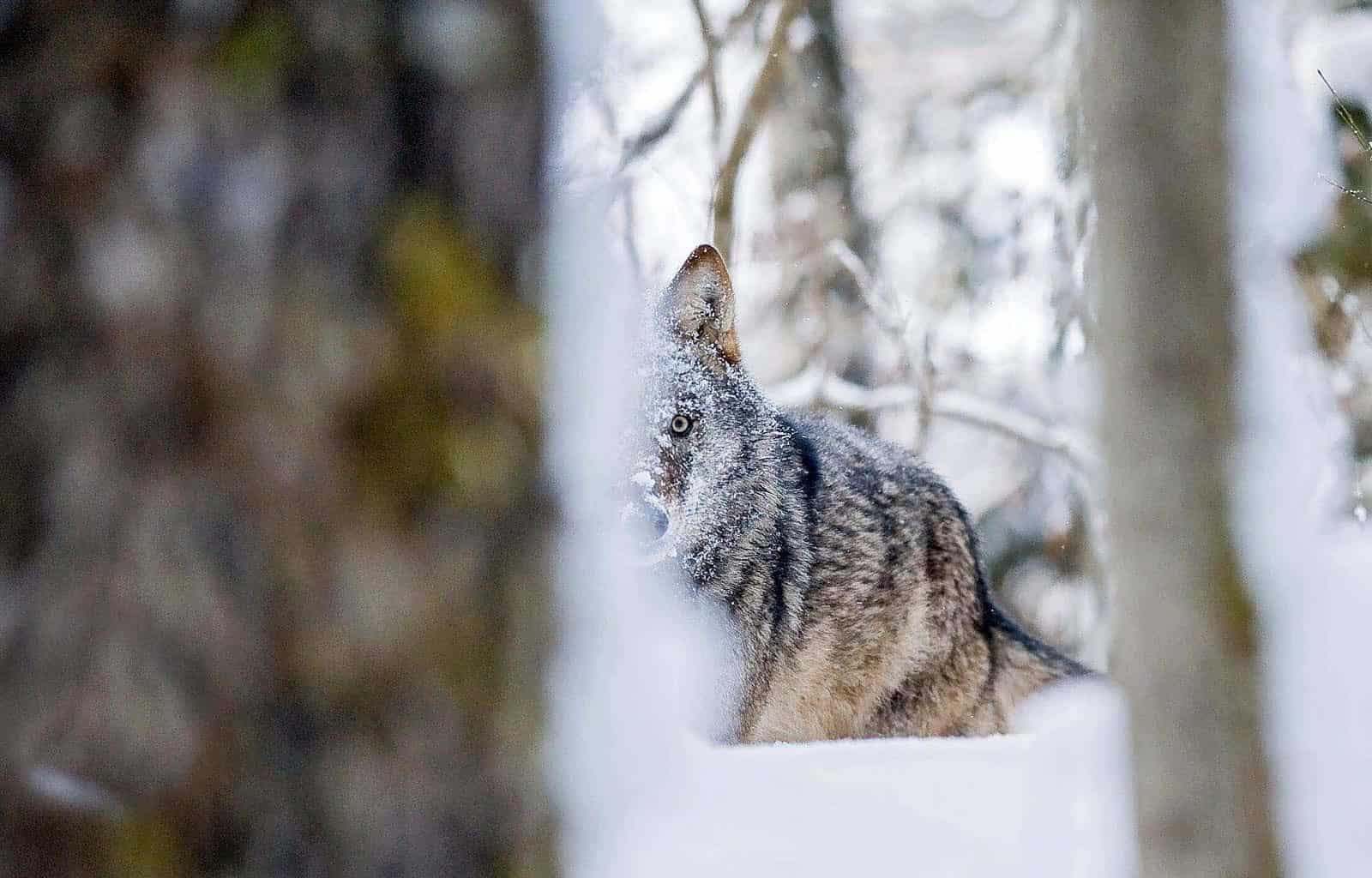Wolves spotted in Salzburg!
Our team biologist, Nick Huisman, and the European Wilderness Society apprentice, Robin Rossberg, paid a visit to Salzburg over the weekend. One of the stops was the ‘Haus der Natur’, the House of Nature, where they had an interesting encounter with Austrian wolves. The Haus der Natur is an interactive and interesting museum for young and old, covering topics from the dinosaurs to the galaxies light years away. It has multiple fixed and temporarily exhibitions, for example ‘Symbioses: the detailed art of nature illustrations’, by Johann Brandstetter. The word ‘symbiosis’ can be traced back to the Greek word for ‘living together’.
Please also read: Val Grande – Wilderness & museum of colonization
One illustration shows how the early mankind came in contact with the wolves. The first contact could have been more the 10,000 years ago. Over time, a part of the wolves became domesticated and the symbioses of wolves and humans led to better hunting, as larger prey could be attacked by human and wolves together.
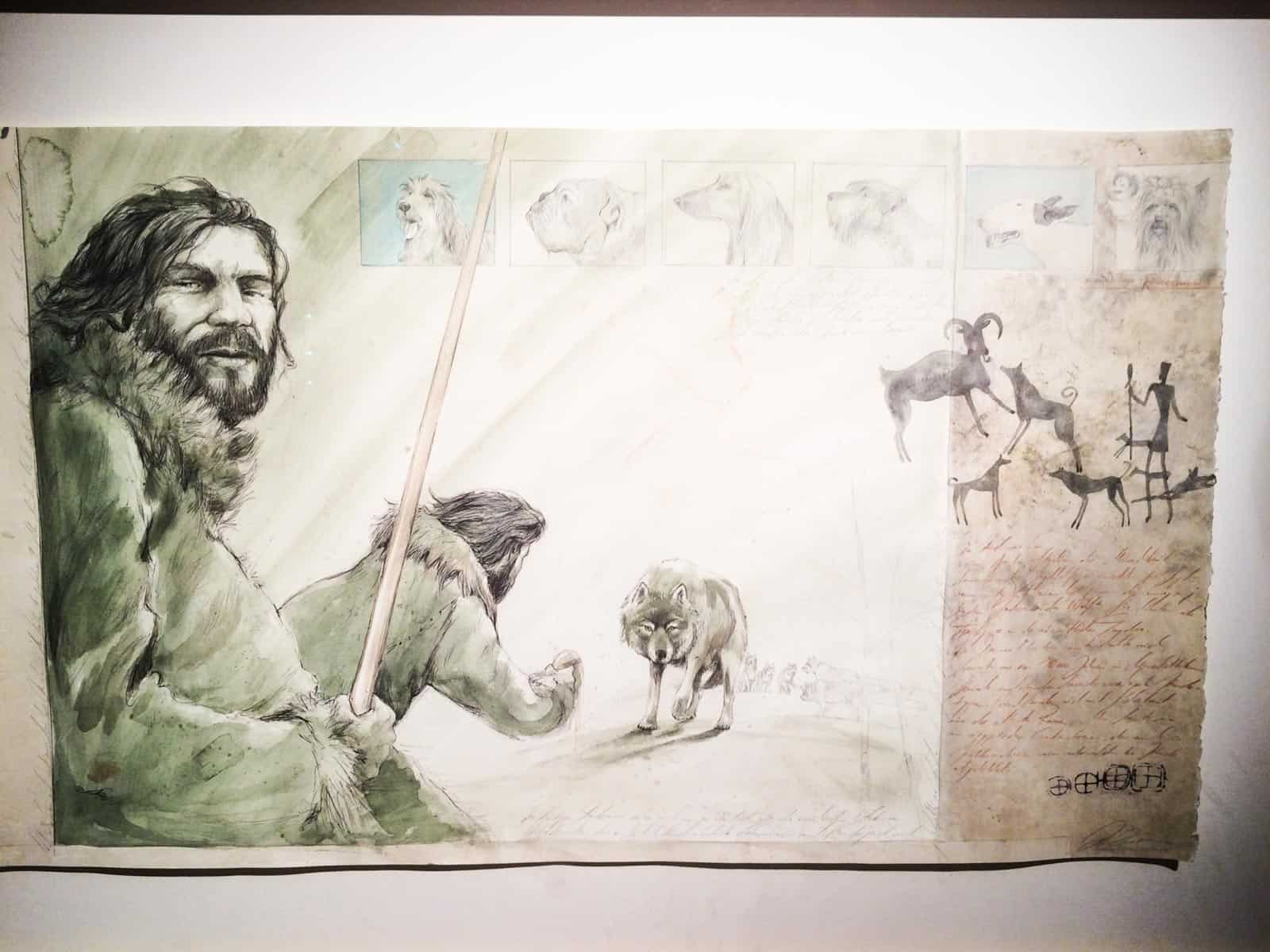
Another illustration described the symbiosis between wolves and ravens, something that is still observed today. During the winter times, wolves can have a hard time to find enough food. The same goes for the scavenging ravens. When a raven finds a carcass, for example from a roe deer that starved, the raven will have a hard time to open the carcass to reach the insides. The calls of the ravens attract the wolves to the carcass. The wolves are then able to open up the carcass, feeding on it and leaving enough behind for the ravens to survive during the harsh winter times.
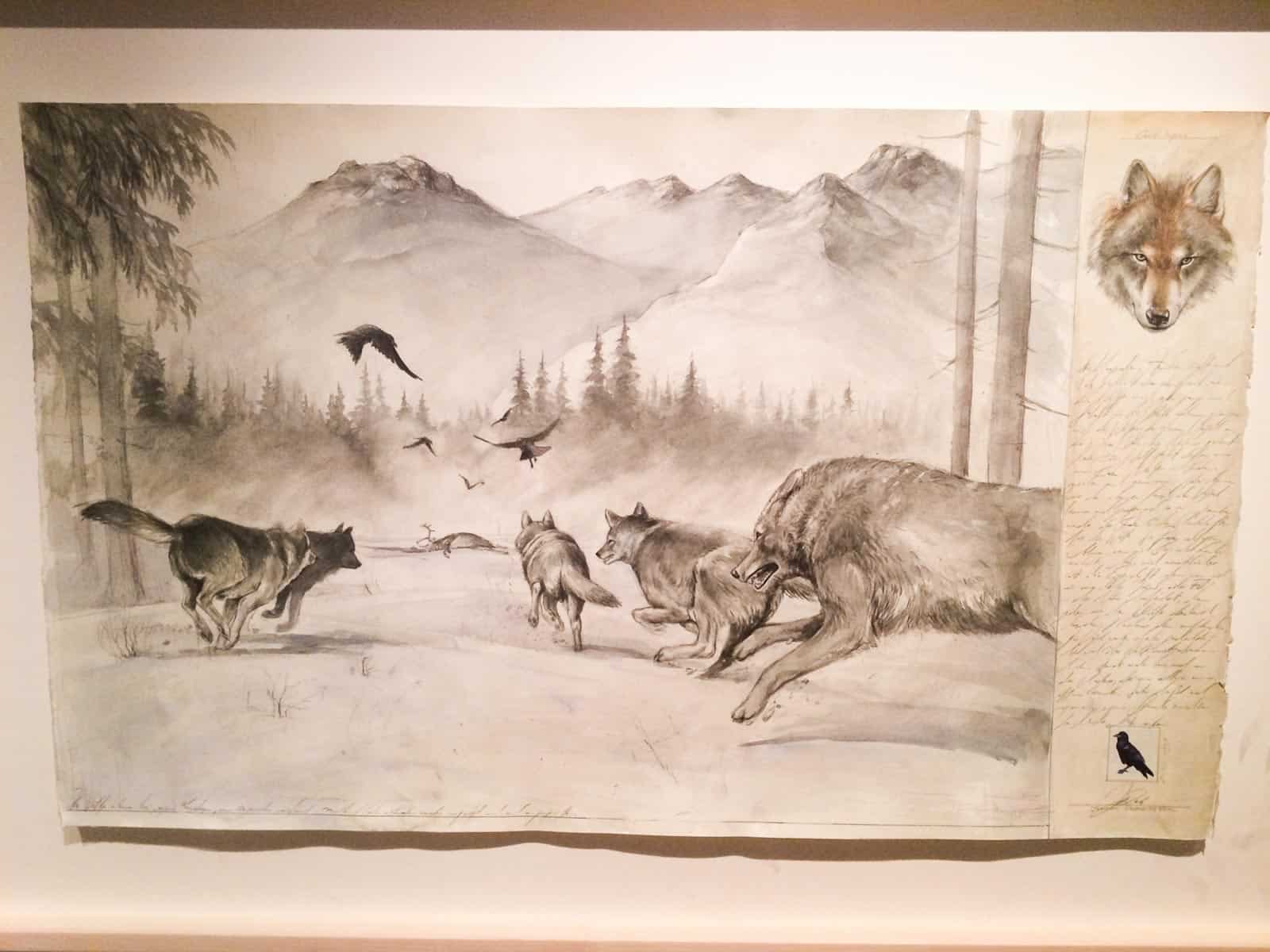
The ‘Haus der Natur’ also holds an exposition on Salzburger National Park Hohe Tauern, where you can find information on the cultural history, the importance of free flowing WILDrivers, and the biological diversity of Salzburg region. You can even fly in a simulator over the Salzburg region, exploring the National Park.
In one of the last expositions you find Europe’s wildlife, including the wolf. Interestingly, one wolf is mounted in a very aggressive posture. It fits to the old idea that wolves are dangerous to humans. However, the wolf always tries to avoid the risk of getting injured. In the end, an injured predator is almost always bound to starve and die. So humans will have to learn, with the returning wolf in Europe, that they do not have to fear the wolf, as much as the wolf fears the humans.
Mounted wolves at the Haus der Natur, Salzburg. The aggressive posture stimulates the believe that humans must fear the wolf, while the wolf is actually more afraid of humans.
Johann Brandstetter’s exposition ‘Symbioses: the detailed art of nature illustrations’ is publicly available at the Haus der Natur until September 2017.


